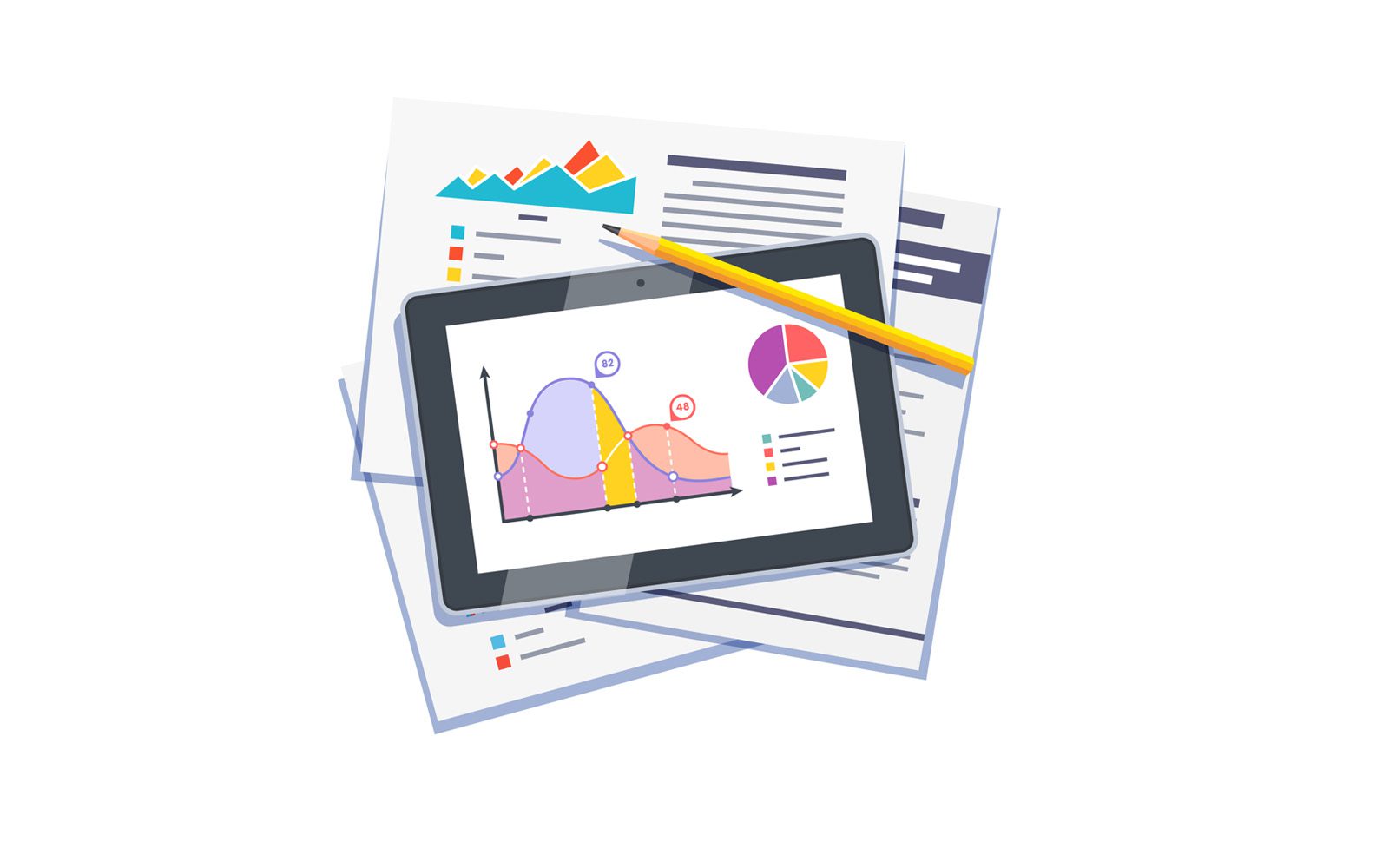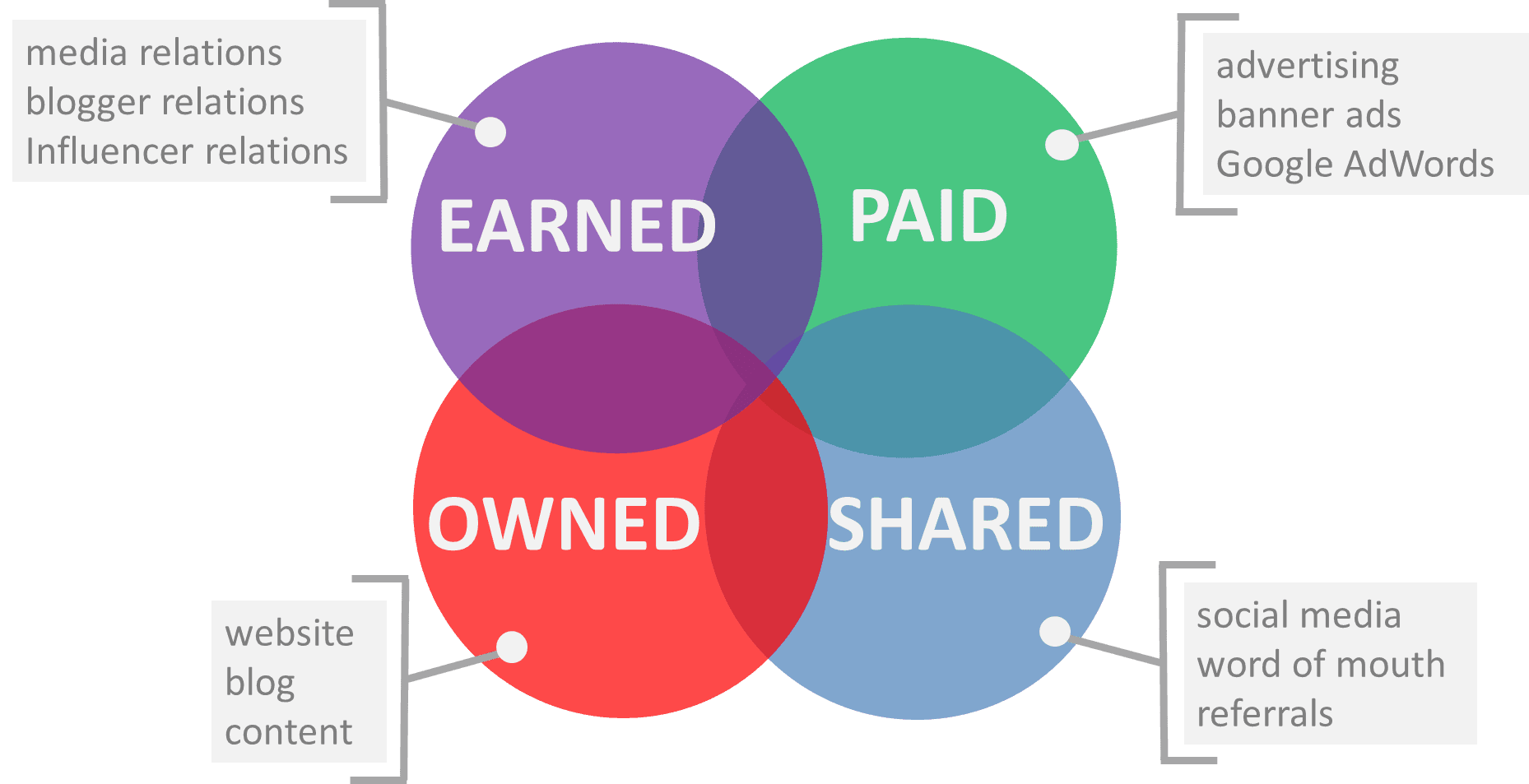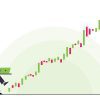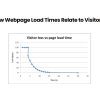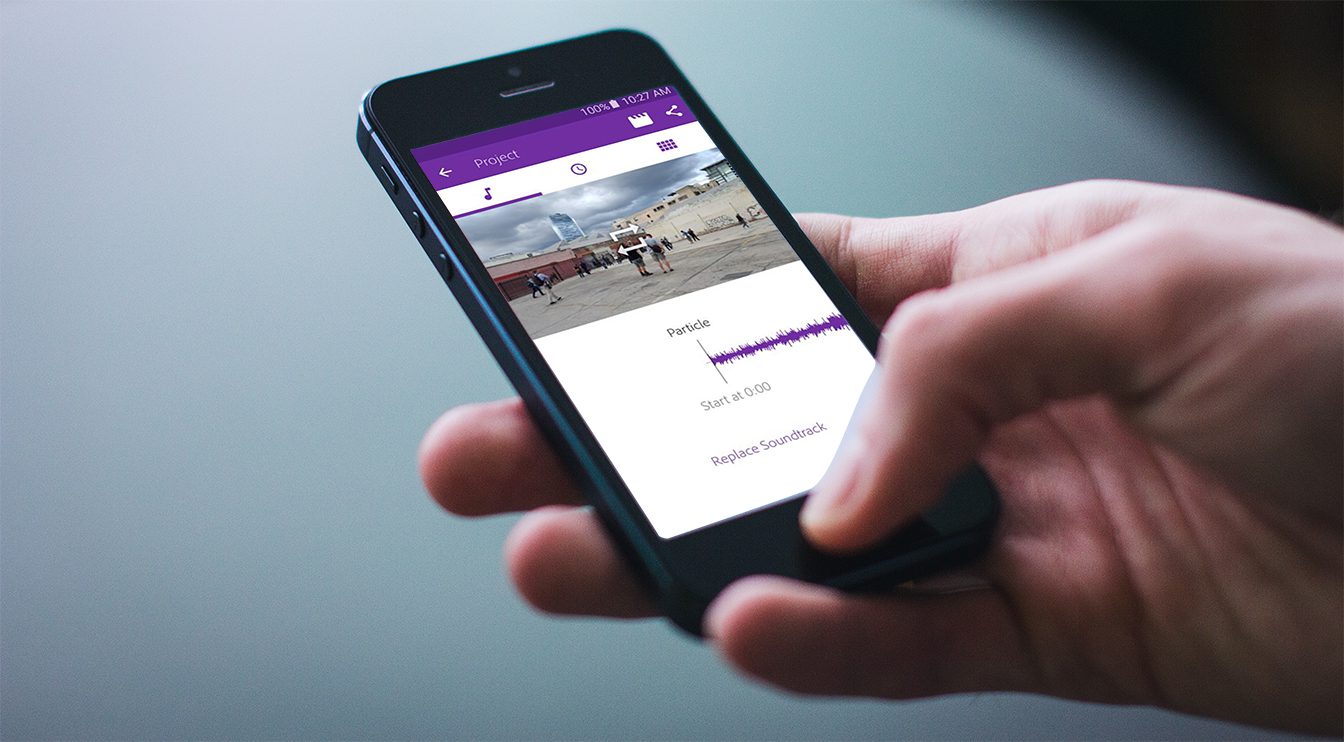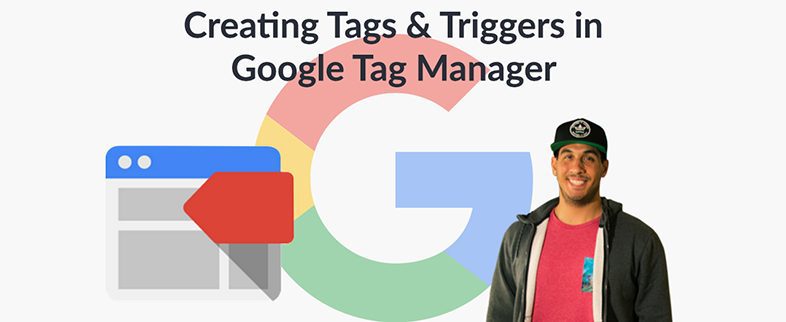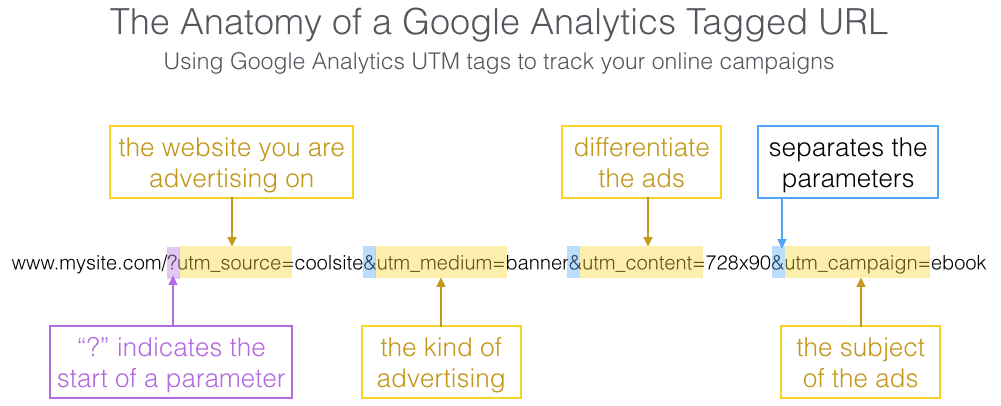That’s right – you can’t measure everything online that you might think. Analyzing click traffic on websites has become much more difficult to get anything close to accurate.
One of the most difficult problems to solve is the issue with giving proper credit to the “original source” of the lead or sale. Some of the PPC systems refer to this as the “assist” and they pass special tracking cookies to the user that will help indicate in the click stream data future visits from this user. This typically helps credit PPC campaigns and reduces the cost per acquisition (CPA) for that channel.
This is great, but it is flawed. This generally assumes that the visitor used one computer, and few of us use one computer. We usually have an office computer, a home computer (we have 2), plus mobile devices.
Consider this situation (which is probably quite typical):
1. Husband is searching for vacation spots for his family during his lunch at work. He does several searches, including hitting a few paid ads.
2. He runs out of time and has to get back to work, so he emails himself the links to the pages of the sites he liked to his home email account so he can show his wife later that evening.
3. He gets on email at home and pulls up the pages on his home computer to show his wife and kids what he found.
4. They continue to do more research and even bookmark a few sites/pages and will revisit in a couple of weeks so they can think about it.
5. They revisit the site a few weeks later by hitting the saved bookmark and from there, decide to purchase.
Now in this case, it’s going to be virtually impossible for the marketer to track this sale all the way back to the paid search ad because he lost him as soon as he switched computers (if he is even using cookie and campaign tracking in the analytics software). And if this happens often enough, he will think his paid search campaign is ineffective because it is not driving any sales.
Newsflash: most people don’t buy anything on the first visit!
There is likely going to be multiple interactions, extensive research, bookmarking, etc. before any purchase is made over a several-week (depending on the product) sales cycle.
Secondly, consumers are not going to be as compulsive in a down economy and are going to be looking around for deals, so we can’t possibly expect them to purchase on the first visit from a Google ad.
So what can we do about this?
Well, not too much, unfortunately. However, if you have an e-commerce site selling any sort of products, you can reduce this phnomenon by simply having a “Favorites” or “Wish List” area of the site where a user can quickly and easily open a free account and save what they like straight on your site. This would eliminate the need to bookmark and email and cookie track everything. You would have all of the data on your site, and now you could even do session tracking by username and get other interesting information (beware that session tracking has additional privacy issues that you will want to look at closely).
Many of the large sites like Amazon, eBay and others have this feature, but even for small or medium sized business, most of the 3rd party off-the-shelf e-commerce applications (like X-Cart, Magento) have Wish List capabilities.
Happy tracking!


